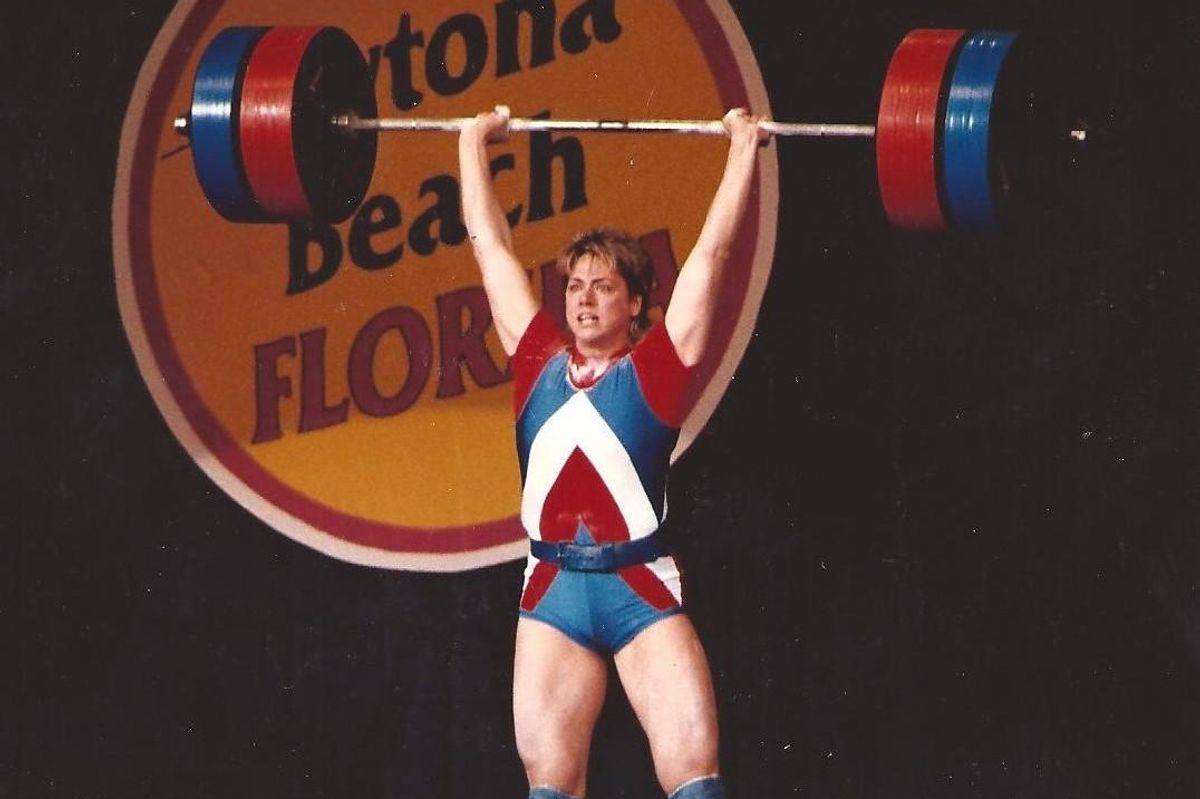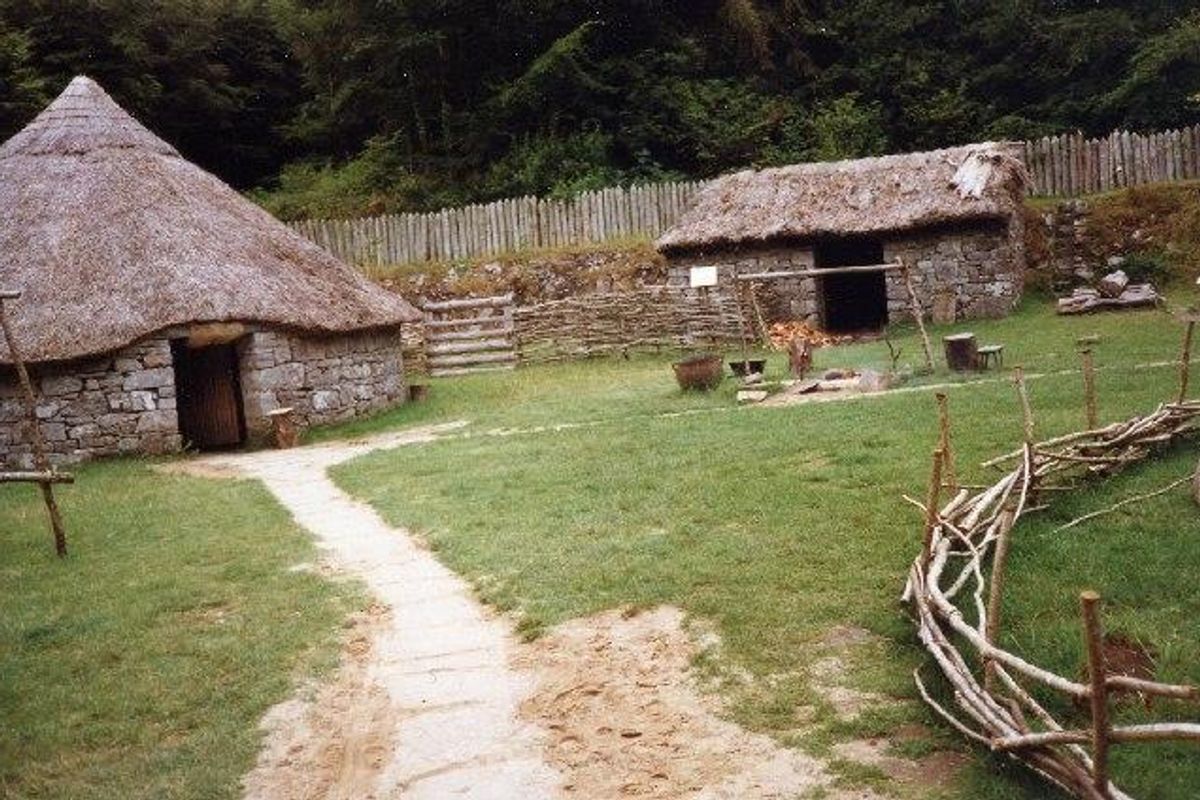Scientists studied the bones of ancient women, and we might need to rethink 'women's work'
Women of the Bronze Age were anything but weak.

Certainly not the story we've been taught to believe
Think about the illustrations you've seen of men and women of the Bronze Age who lived thousands of years ago.
Perhaps there's one you recall from your elementary school text book — in which men are probably depicted hurling bronze spears and strangling lions with their bare hands, while the women are most likely pictured leading children around, sifting through grapes or weaving tiny reeds into baskets (presumably to hold the fruits of their husbands' labor).
It's an idealized image for some. Men and women, dividing labor according to their relative physical strength. Women did important work, but entirely in the domestic sphere, in part because they were less equipped to handle difficult manual labor. Each gender in their natural place. A comforting image of the way the world is "supposed to be."
And according to new research, it's an image that's totally wrong in a major way.
According to a groundbreaking new study, Bronze Age women were jacked.

Bronze Age woman or 1980s champion weightlifter Karyn Marshall? Hard to say.
Photo by Virginia Tehan/Wikimedia Commons.
Armed with a small CT scanner and a group of student guinea pigs, University of Cambridge researchers discovered that the arm bones of Central European women of the era were roughly 30% stronger than those of modern women — and 11% to 16% stronger than those of modern women on the the world champion Cambridge women's crew team, who spend multiple hours a day training to rowing a 60-foot boat as fast as humanly possible.
"This is the first study to actually compare prehistoric female bones to those of living women," explained Alison Macintosh, research fellow at the University of Cambridge and lead author of the study, in a news release.
The paper was published in the open-access journal Science Advances.
Agriculture, it turns out, is hard work. Work that Bronze Age women handled on the reg.

Bronze Age huts offer a glimpse into life in Clare, Ireland.
Photo via Angella Streluk/Geograph.uk.
Particularly grinding grain into flour, which requires the use of ludicrously heavy stones.
Based on evidence from societies that still produce bread products this way, the researchers determined the prehistoric women likely spent up to five hours a day pulverizing the edible bits so their villages could actually eat food while the men were derping around trophy hunting hyenas.
"The repetitive arm action of grinding these stones together for hours may have loaded women's arm bones in a similar way to the laborious back-and-forth motion of rowing," Macintosh said.
In addition to grinding grain, researchers speculate ancient ladies got up to a range of other muscle mass-building activities...
...including hauling food for livestock, slaughtering and butchering animals for food, scraping the skin off of dead cows and deadlifting it onto hooks to turn it into leather, and planting and harvesting crops entirely by hand.
And, while punching bears and ceremonially tossing boulders at the sun weren't on the researchers' specific list, it's at least possible the women were doing that too.
"We believe it may be the wide variety of women's work that in part makes it so difficult to identify signatures of any one specific behavior from their bones," Macintosh said.
Study senior author Jay Stock said the results suggest "the rigorous manual labour of women was a crucial driver of early farming economies."
"The research demonstrates what we can learn about the human past through better understanding of human variation today," he added.
If nothing else, the findings should complicate the way we think of "women's work" going back centuries. Since the dawn of time, mankind has had boulders to grind. Animals to wrangle. Big, heavy things to lift, and arm muscles to build. And some woman had do it.
This article originally appeared on 11.29.17

